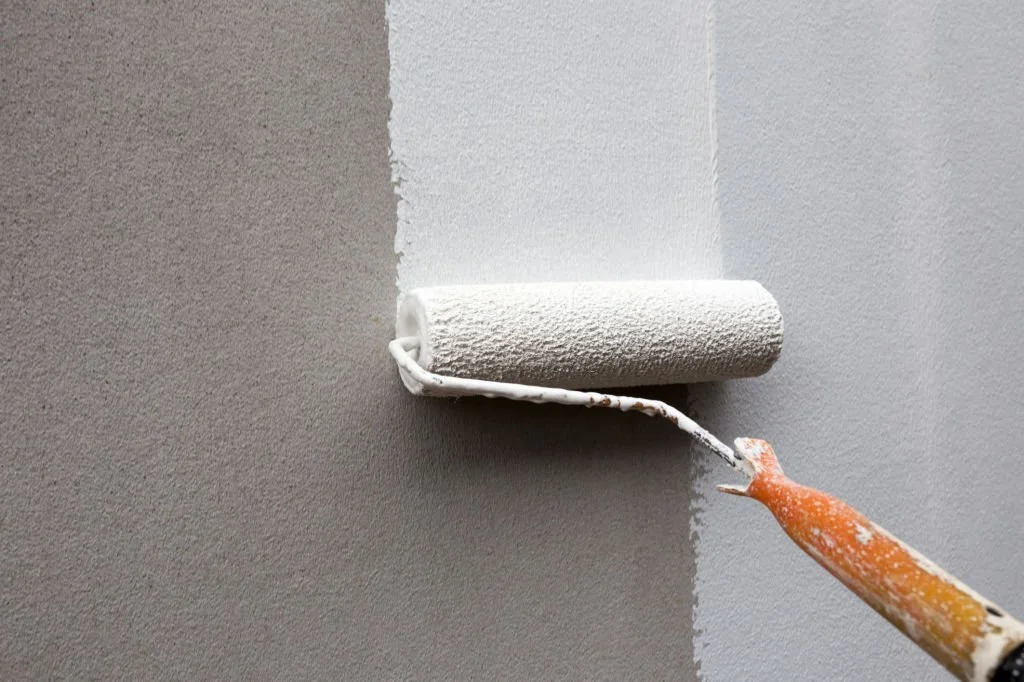Most of us have this dream of becoming an entrepreneur and owning our own business. For some, this means opening a restaurant, for others it might be starting a small retail business, and for others, it might be something more creative like starting a painting business. There are all sorts of businesses that you can start with very little money upfront. And a painting business is one of them! With just a few supplies and some marketing savvy, you can start your own painting business for just $500. Read the tips from Surepaint on how to start a painting business, even on a very tight budget.
1. Define your business type.
When it comes to a painting business, there are a few different options you can choose from. For example, you could start a residential painting business that focuses on painting the inside or outside of people’s homes. Or, you could start a commercial painting business that focuses on painting the interior or exterior of businesses. You could also choose to focus on a specific type of painting, like murals or faux finishes. Once you have a good idea of the direction you want your business to go in, you can move on to the next step.
2. Choose your target market.
Choosing your target market will help you determine what type of marketing and advertising you’ll need to do in order to attract clients. If you’re starting a residential painting business, your target market might be homeowners in your city or town. If you’re starting a commercial painting business, your target market might be businesses in your city or town. Once you’ve chosen your target market, you can move on to the next step.
3. Choose your pricing strategy.
There are a few different pricing strategies you can choose from, but the most important thing is to make sure your prices are competitive. If you’re not sure how to price your services, you can always ask other painting businesses in your area for their rates. Once you’ve chosen your pricing strategy, you can move on to the next step.
4. Choose your marketing strategy.
This is an important step because it will determine how you’ll attract clients and market your business. If you’re not sure how to market your business, you can always ask other painting businesses in your area for their marketing tips. Once you’ve chosen your marketing strategy, you can move on to the next step.
5. Get the supplies you need.
This might include things like painter’s tape, paintbrushes, paint rollers, and other basic supplies. You can either buy these supplies yourself or ask some local painting businesses if they’ll donate them to you as a way of supporting your new venture. Once you have all the necessary supplies, you can get started with painting!
6. Get insurance.
Having insurance is very important when you’re starting a painting business. It will protect your business against any property damage that can occur while you’re on the job. There are many different types of insurance available, and the right type for your business will depend on the risks associated with your work. You may want to speak to an insurance agent to learn more about your options and find out which one is best suited for your needs.
7. Bid for a paint job
As a new painting business, you will likely be bidding for jobs against other established companies. When bidding for a job, it is important to be realistic about what you can charge. If you charge too little, you may not make a profit. If you charge too much, you may not get the job. It is also important that you take into account the cost of materials and labour when bidding on a job.
8. Paint the house
After you have bid on a job and been awarded the contract, it is time to start painting. This is where the real work begins. Be sure to follow the specifications laid out in the contract. If there are any questions, be sure to ask the client before beginning work. It is also important to make sure that you clean up after yourself when you’re finished painting. This includes removing any paint from surfaces that it doesn’t belong, such as windows and trim.
9. Get paid
After you have completed the job, it is time to get paid. Be sure to send an invoice to the client as soon as possible. Include all of the pertinent information, such as the scope of work, materials used, and hours worked. If there are any issues with payment, be sure to address them promptly so that you can resolve them as quickly as possible.
You May Also Read This Post: Everything You Need To Know About Industrial Machine Painting
10. Maintain your business
Finally, it is important to maintain your new painting business over time. This includes keeping track of expenses, marketing your business effectively, and ensuring that you deliver high-quality work on each job. With the right strategy and dedication, you can turn your painting business into a successful and profitable venture in no time!

